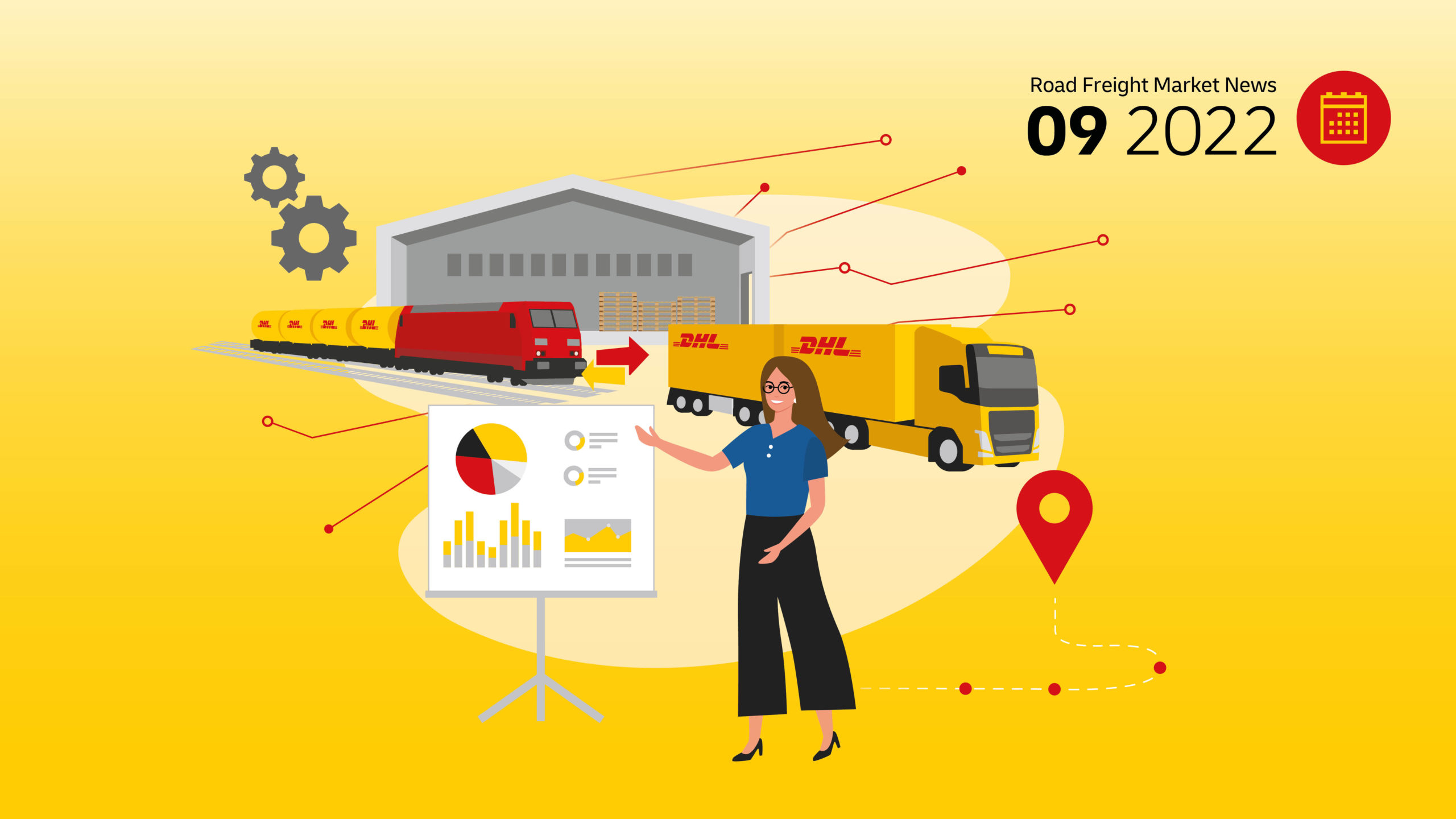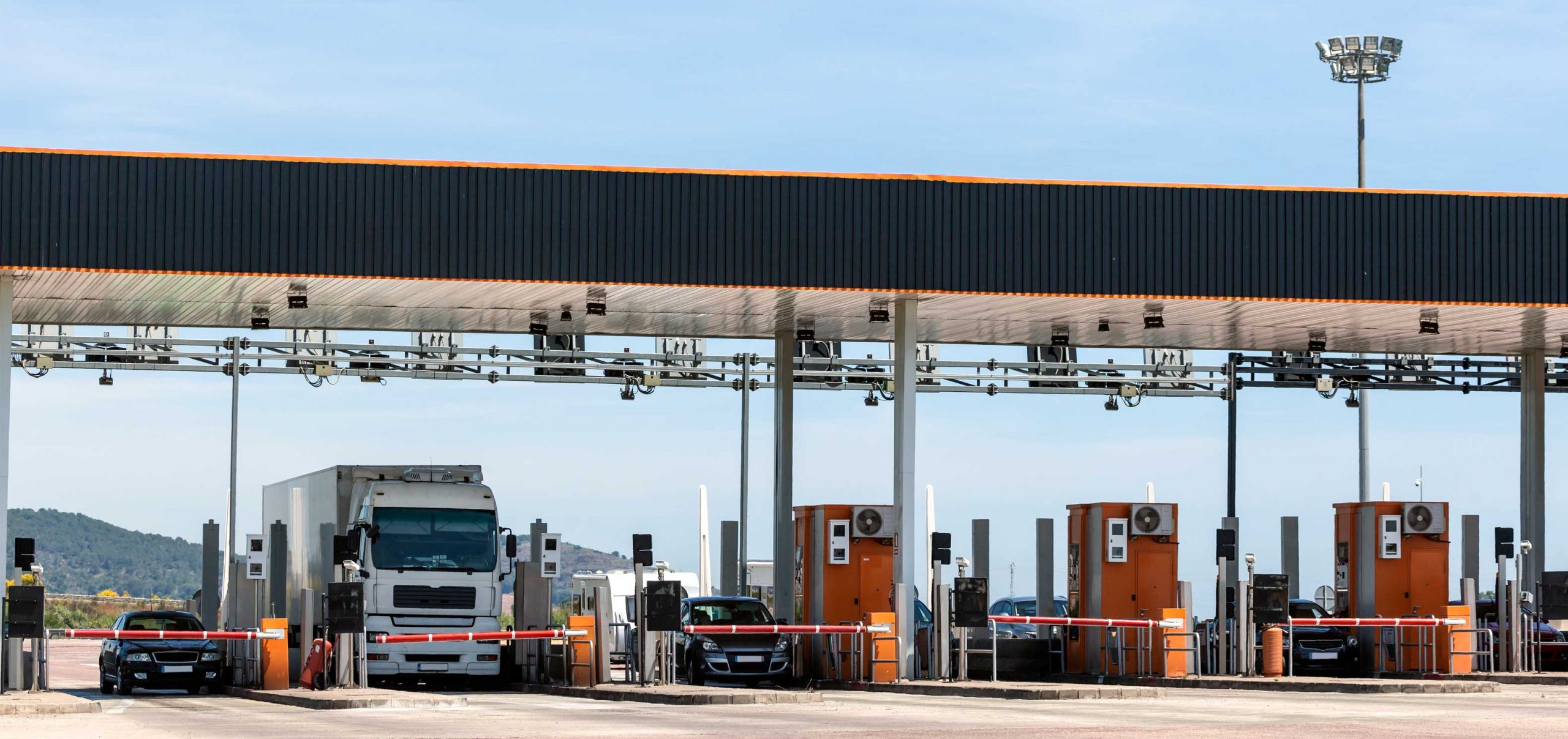
In this month’s issue, we take a look not only at European economic affairs and road freight transport, but also at the political level and assess its impact on logistics and the economy. For more information on last month's developments, please check out our previous issue.
Europe’s economy still suffers from the consequences of the war in Ukraine – the situation for businesses and consumers remains uncertain
Economic development within Europe has recently been characterized by a tighter monetary policy, persistently high inflation, and the potential risk of recession, leading to a significant slowdown in the growth prospects for 2022: key economic figures in August show that the European economy continues to struggle under the impact of the Ukraine war and the ongoing shock waves. As has been feared since June, the conflict is now directly affecting Russian gas supplies and thus threatening European energy security. These developments are constantly manifested in a record rise in energy prices, which in turn are increasingly fueling inflation.

For August 2022, Eurostat, the statistical office of the European Union, reports another historic high for the annual inflation rate in the eurozone of 9.1%. This means that the inflation rate in August 2022 is 6.1 percentage points above the previous year’s value and 0.2 percentage points above the July expectations of 8.9%. According to current forecasts, the inflation rate is not expected to fall in the near future, as the example of Germany clearly shows: the Bundesbank, the central bank of Germany, expects an inflation rate of around 10% in the fall. This estimation from August for the further development of consumer prices is yet another upward revision. In addition to the expiring relief measures (e.g., the so-called 9-Euro-Ticket, a reduction for the use of public transport) or the rise of the minimum wage (to 12 euros), the upcoming gas levy is also identified as a major driver of rising cost pressure.
The threat of an unreliable energy supply that Europe is facing not only has drastic consequences for the population, but also a significant impact on the European industry. It is becoming clear that the dependence of many European countries on Russian gas or other (energy) resources is further straining their economic strength. In August, S&P Global (formerly IHS Markit) forecasted an economic growth rate of around 2.8% for Europe in 2022, compared with a forecast of around 4% just six months ago.
Slight seasonal relief in the market dampened by prospect of impending capacity bottlenecks
In European road traffic, a slight recovery was perceptible in August. As already indicated in July, typical seasonal effects during the summer months have an impact on the supply of capacity in the market. TIMOCOM reports an average ratio of freight to available cargo space in Europe of 73:27 for August, a comparatively significant improvement from previous months (82:18 in July and 85:15 in June 2022). And the price of diesel has also fallen compared to the beginning of the war: Eurostat reports a weighted average diesel price of 1.82 euros per liter for the 27 European member states in August.
In July, the weighted average price was still €1.95 per liter of diesel, so there is a slight decrease of about 7%. About a year ago, however, the price was still €1.37 per liter (August 2021), revealing a 33% increase over the previous year. Despite this development, though, one can hardly speak of a significant recovery, as both capacity and diesel prices remain at historic highs and there remains a persistent imbalance of capacity in the market.

The imbalance is further exacerbated by political decisions, among other things. The example of Germany illustrates the substantial impact of the war in Ukraine and the associated threat to energy supply on logistics and, in particular, on the transport of goods by road: Given the fundamental changes in the German energy system, a deviation in logistical planning is temporarily deemed necessary to prevent an immediate threat to or interruption of the energy supply in Germany. For example, the German Federal Government has issued a legislative decree (Aug. 25, 2022) stipulating that in the rail network, the transport of energy is temporarily given priority to ensure the operation of power plants, refineries, and electricity grids and thus secure the energy supply.
As a result, the already heavily utilized rail network will have to cope with additional energy shipments on top of the existing freight volumes (including wheat shipments from Ukraine, which are preferentially transported by rail). The capacity limits of the network are likely to be exceeded. It is assumed that a shift of the additional, non-priority freight from rail to road, which is also heavily congested, will be unavoidable. Unfortunately, this shift cannot be compensated by inland waterway transport. Inland waterways themselves are severely limited in their transport capacities, e.g. due to the extremely low water levels. Additional energy transports are not available and inland shipping cannot be considered as an alternative to rail.
Logistics will continue to face major capacity challenges in the second half of the year
It remains difficult to make valid statements on future developments in the road transport market. As outlined above, it will likely be necessary to have the already overburdened road transportation network serve as a substitute or alternative means of transportation. On busy road corridors, there is a risk of a domino effect in a potential shift from rail to road, as available cargo space is already scarce and contested there.
Thus, the decision to prioritize energy transportation by rail also poses a risk to the economy, especially to the manufacturing sector. Due to the imminent congestion of transport capacities in the road network as a result of substitute or evasive traffic, it will probably be impossible to guarantee that all the goods required for production will arrive within the specified delivery time – loss of production is a real threat. With regard to the coming fall and winter months, which are typically characterized by large amounts of shipments, it is expected that the capacity bottleneck in the market could worsen again. However, the extent to which this will happen is not entirely foreseeable at the present time.
Forecasts for economic activity and inflation will probably remain highly dependent on the development of the war in Ukraine and in particular on its impact on gas supplies to Europe. In principle, however, no short-term economic recovery is expected in the third quarter of 2022.
DHL Freight will keep on monitoring and evaluating market events and their impact on the road network intensively to guarantee adequate quality. The ongoing volatility in the market is putting open and transparent communication at the top of DHL Freight’s priority list. The next update with details on the development of the road transport market in September will again be released at the beginning of next month.



